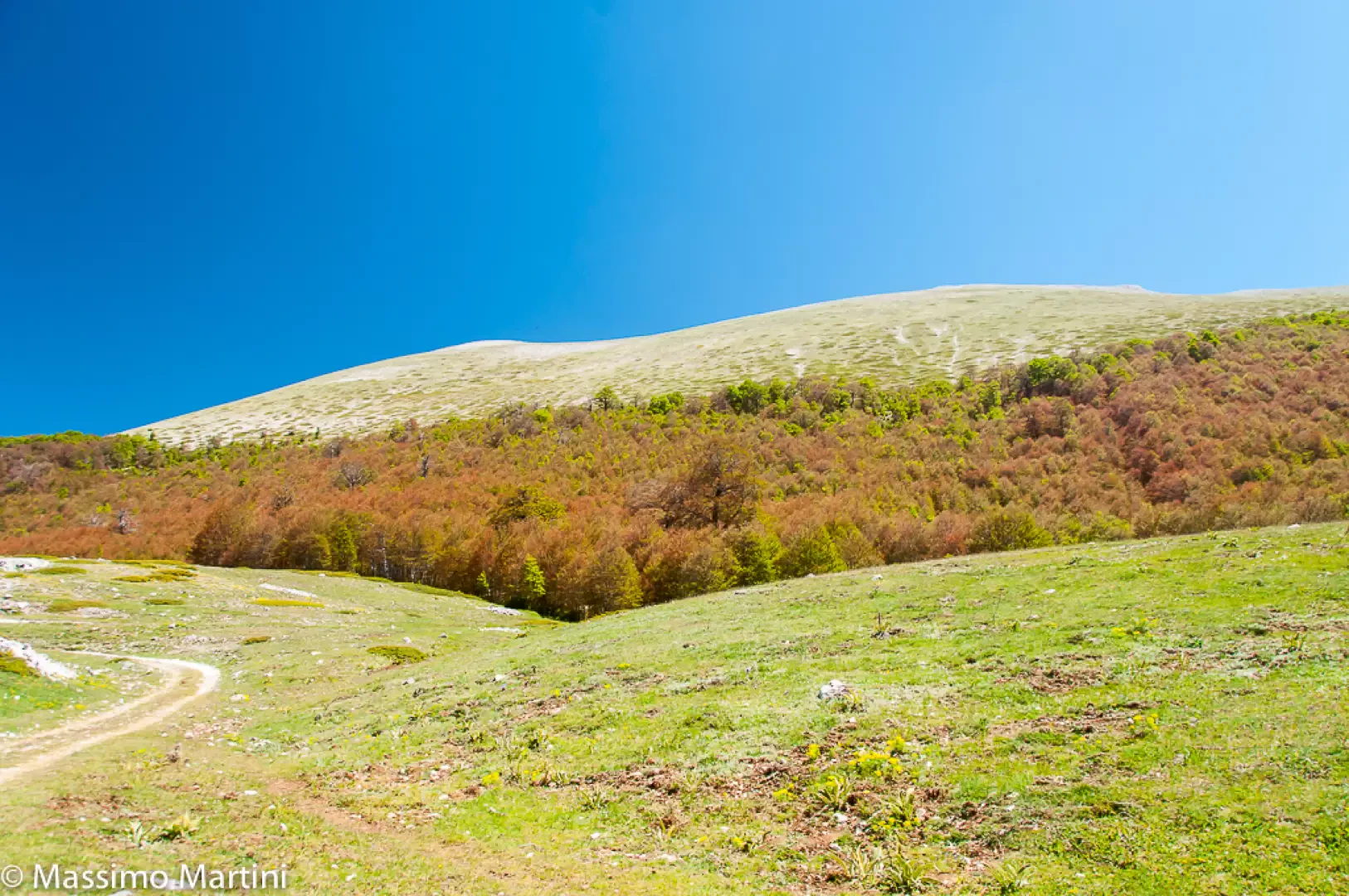Park of Abruzzo, Lazio and Molise

Access
The park is served by a dense road network connecting the main municipalities such as Pescasseroli, Opi, Villetta Barrea and Civitella Alfedena. From Rome it can be reached via the motorway to Pescina or Avezzano and then along the SS83 Marsicana. From Naples and Campobasso it can be reached via the state road . The nearest railway stations are Sora, Avezzano and Castel di Sangro, from which bus lines depart to the centres in the park.
.Introduction
The Abruzzo, Lazio and Molise National Park, officially established on 11 January 1923 after its first recognition in 1922, is one of the oldest protected areas in Italy and represents a historical bulwark of environmental conservation in the country. The idea was born at the end of the 19th century, when the engineer Erminio Sipari, supported by the 'Pro Montibus et Silvis' society, proposed to protect a part of the central Apennines, already at that time a royal hunting reserve of the Savoy family. Today, the Park extends over 50,000 hectares in the heart of the Apennines, distributed between Abruzzo, Lazio and Molise, with an external protection area of another 80,000 hectares.
Description
This mountainous territory, between 900 and 2,252 metres above sea level, includes a succession of ranges and valleys shaped by karstic and glacial phenomena: dolines, swallow holes, caves and underground rivers testify to the limestone origin of the relief. The main peaks are Monte Marsicano (2,252 m), Monte Petroso (2,249 m) and Monte Meta (2,242 m). The landscape alternates between ancient beech forests, high altitude meadows and valleys rich in clear water, such as Val Fondillo and Camosciara, the naturalistic heart of the Park. The ancient beech forests between Pescasseroli, Opi and Villavallelonga, dating back over five centuries, were declared a UNESCO World Heritage Site in 2017.
The vegetation is dominated by beech trees, with monumental specimens in remote areas such as the Selva Moricento forest; at lower altitudes there are mixed oak, hornbeam and maple trees, while in the pastures and glades remarkable endemisms such as the Marsica iris, Apennine gentian, wild peony and the extremely rare Venus's slipper bloom. The high altitude microtherm flora is also very important, with species adapted to cold winds and calcareous soils.
The fauna, which has made the park famous since its inception, is one of the richest in Europe. The symbol of the protected area is the Marsican brown bear (Ursus arctos marsicanus), an endemic subspecies of the central Apennines and one of the most endangered in the world. Other wildlife protagonists are the Abruzzo chamois (Rupicapra pyrenaica ornata), the Apennine wolf, deer and roe deer. Birds of prey include the golden eagle, peregrine falcon and eagle owl, while clear streams are home to amphibians such as the spectacled salamander. Sightings of lynx have also been documented in recent years, as well as the expansion of the chamois on the Latium and Molise ridges.
The cultural value of the park is intertwined with the life of local communities. Villages such as Pescasseroli, Villetta Barrea, Opi and Civitella Alfedena preserve stone architecture and ancient agro-pastoral traditions that tell of transhumance and the thousand-year symbiosis between man and mountain. The park was also born as a laboratory of environmental education and eco-tourism: already in the 1930s it housed the first CAI refuges and nature hiking schools. Today, it is criss-crossed by a network of more than 150 trails with routes of all levels, including the Sentiero Italia CAI and various itineraries for trekking, mountain biking and nature observation, such as the Val Fondillo, Camosciara and Val di Rose.
The Park's ancient beech forests and surviving population of Marsican bears represent not only a scientific legacy of international value, but also an ethical testimony to environmental protection that began more than a century ago. Pescasseroli, the headquarters of the Park Authority, houses the Nature Centre and the Park Museum, dedicated to the history and ecosystems of the central Apennines, and serves as a starting point for numerous visit and study routes.
Information
Institution year: 1923
Managing body: Ente Autonomo Parco Nazionale d'Abruzzo, Lazio e Molise
Area: 50.500 ha (505 km²)
Minimum/maximum altitude: 900 m - 2252 m
Maximum elevation: Monte Marsicano (2252 m)
Municipalities involved: Alfedena, Barrea, Bisegna, Civitella Alfedena, Gioia dei Marsi, Lecce nei Marsi, Opi, Ortona dei Marsi, Pescasseroli, Scanno, Villavallelonga, Villetta Barrea, Alvito, Campoli Appennino, Pescosolido, Picinisco, San Biagio Saracinisco, San Donato Val di Comino, Settefrati, Vallerotonda, Castel San Vincenzo, Filignano, Pizzone, Rocchetta a Volturno, Scapoli
Official website www.parcoabruzzo.it